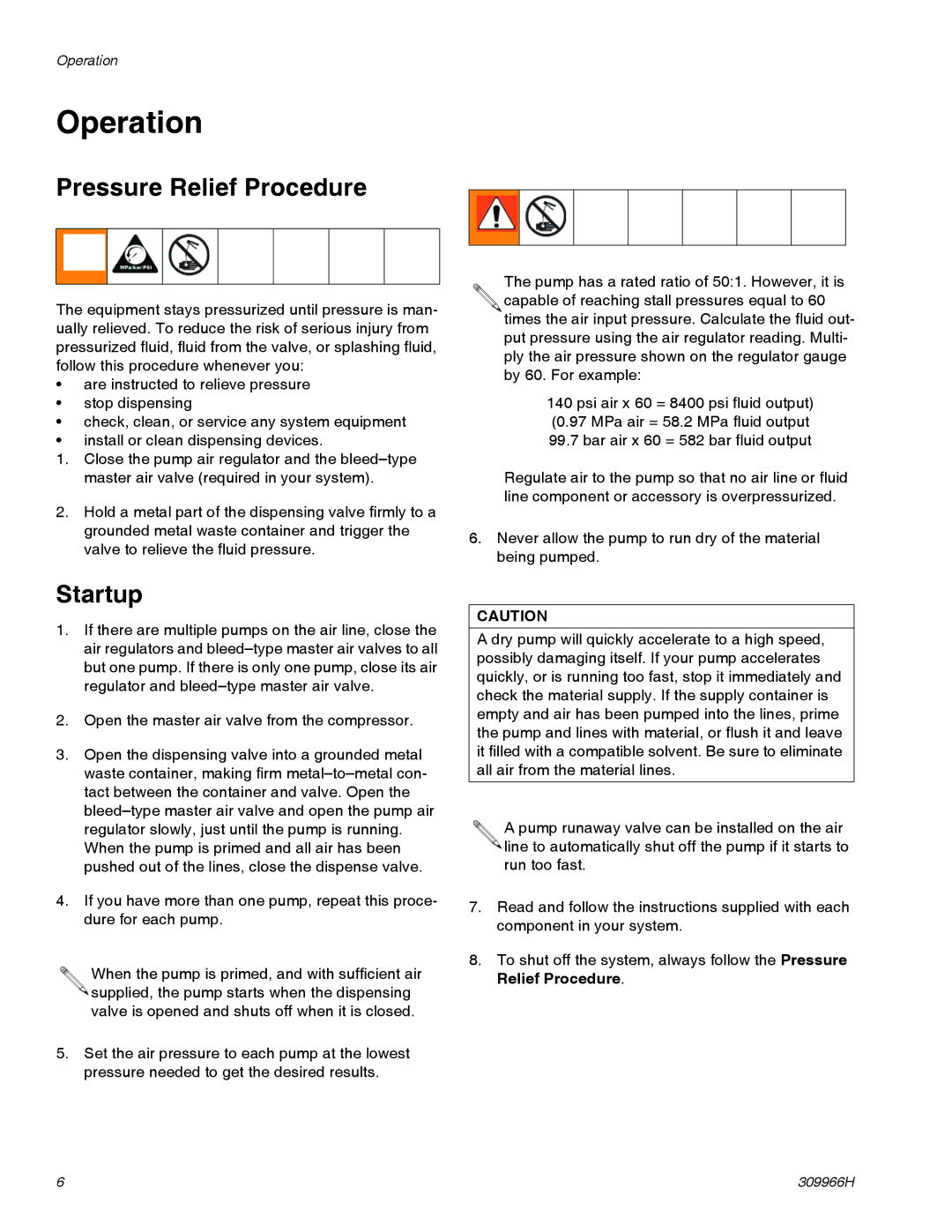246909 Series C, 246780 Series C, 246781 Series C, 253361 Series C specifications
Graco, a renowned name in the field of fluid management and equipment manufacturing, offers a wide range of products designed for various applications. Among their impressive lineup, the Graco 253361 Series C, 246781 Series C, 246780 Series C, and 246909 Series C stand out for their advanced features and reliable performance. These models cater to professionals across multiple industries, including painting, coating, and spraying tasks.The Graco 253361 Series C is engineered for durability and efficiency, suitable for heavy-duty use. One of its standout features is its high-pressure paint delivery system, allowing users to achieve a smooth and even finish. This model comes equipped with a powerful motor that ensures consistent pressure, improving spray quality and reducing overspray. Additionally, its compact design enhances portability, making it ideal for both interior and exterior jobs.
Moving on to the Graco 246781 Series C, this model is recognized for its versatility. It supports a wide range of coatings, from water-based to solvent-based paints. The easy-to-use control system allows for precise adjustments, catering to various spray patterns and techniques. Its robust construction guarantees longevity, making it a reliable choice for professionals who demand uninterrupted workflow.
The Graco 246780 Series C offers a unique combination of power and portability. Engineered for smaller jobs, this model packs a punch with its efficient motor that generates high pressure for meticulous applications. It features a user-friendly interface that simplifies operation, ensuring that even novice users can achieve professional results. Its lightweight design makes it easy to maneuver, while the integrated storage keeps your tools organized.
Finally, the Graco 246909 Series C is an exceptional choice for those seeking a high-performance sprayer for larger projects. With advanced pressure control technology, this model minimizes material waste while maximizing productivity. Its built-in filtration system protects the pump from dirt and debris, extending the lifespan of the equipment. Additionally, the ergonomic design ensures comfort during extended use, catering to the needs of professionals demanding both performance and ease.
In conclusion, the Graco 253361 Series C, 246781 Series C, 246780 Series C, and 246909 Series C models exemplify innovation in fluid handling technology. Each model is designed to meet the specific needs of various applications, ensuring that users achieve optimal results with efficiency and effectiveness. Graco continues to set the standard in the spray equipment industry, enhancing productivity and quality across projects.

